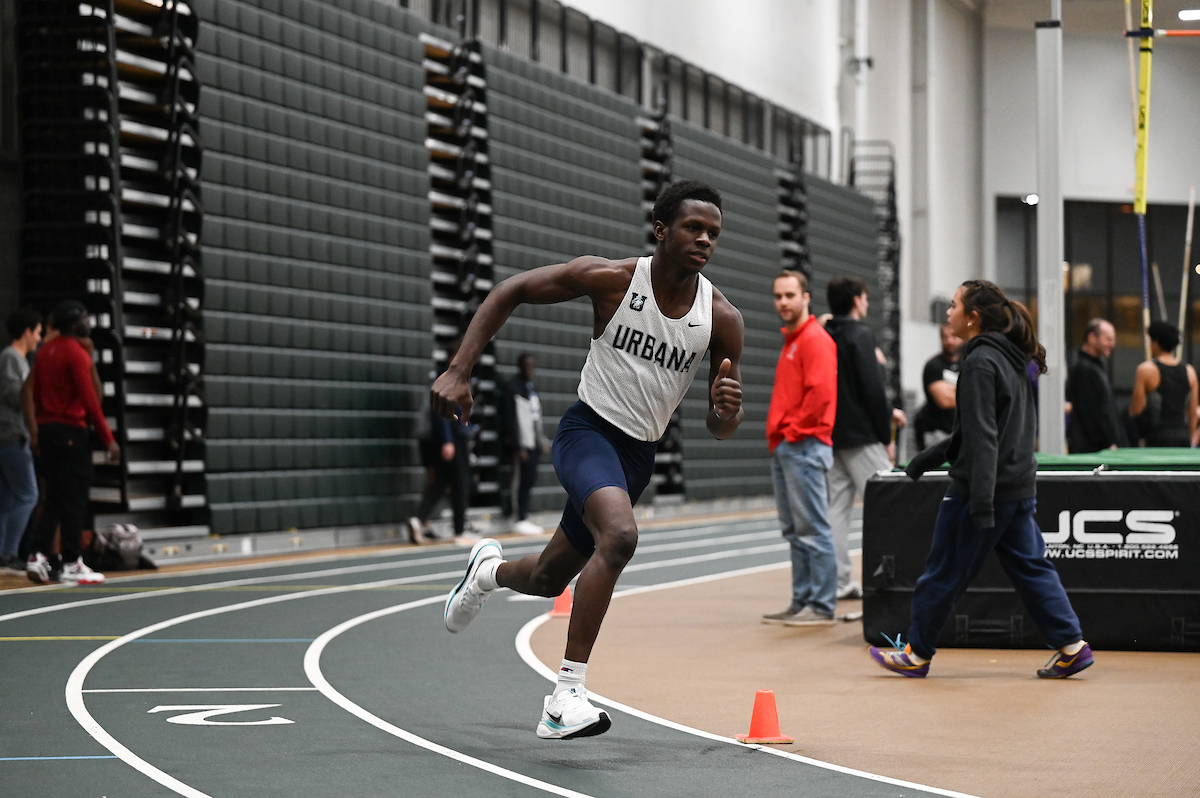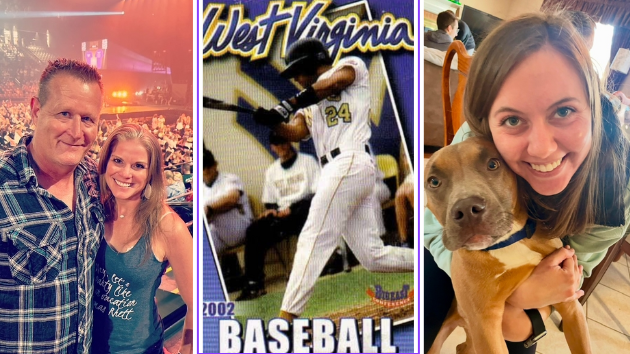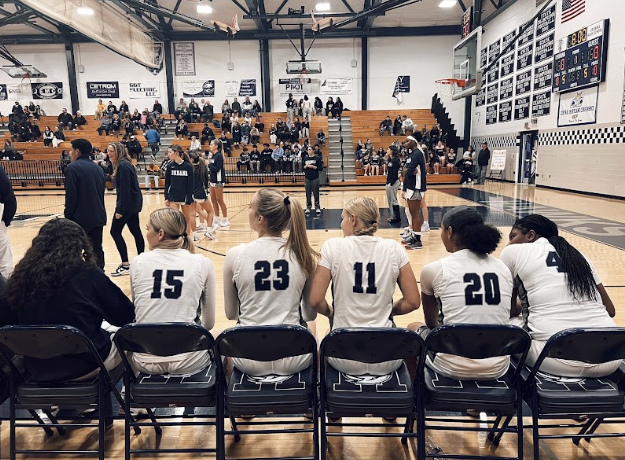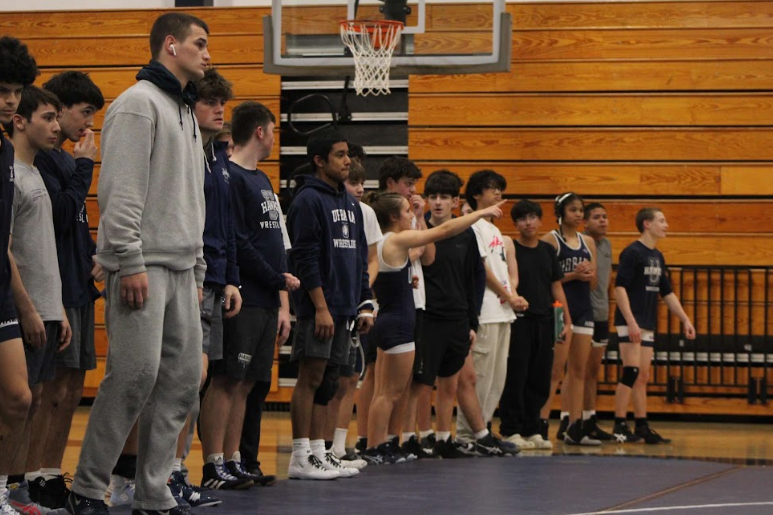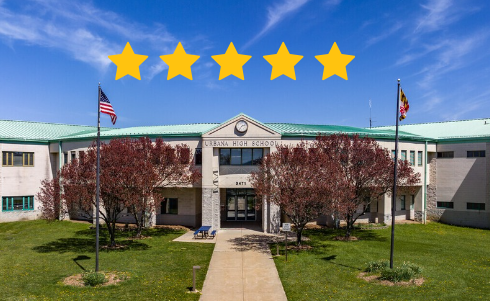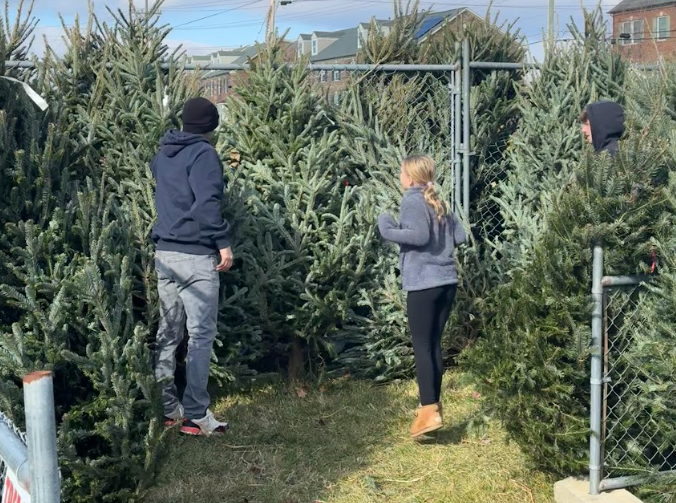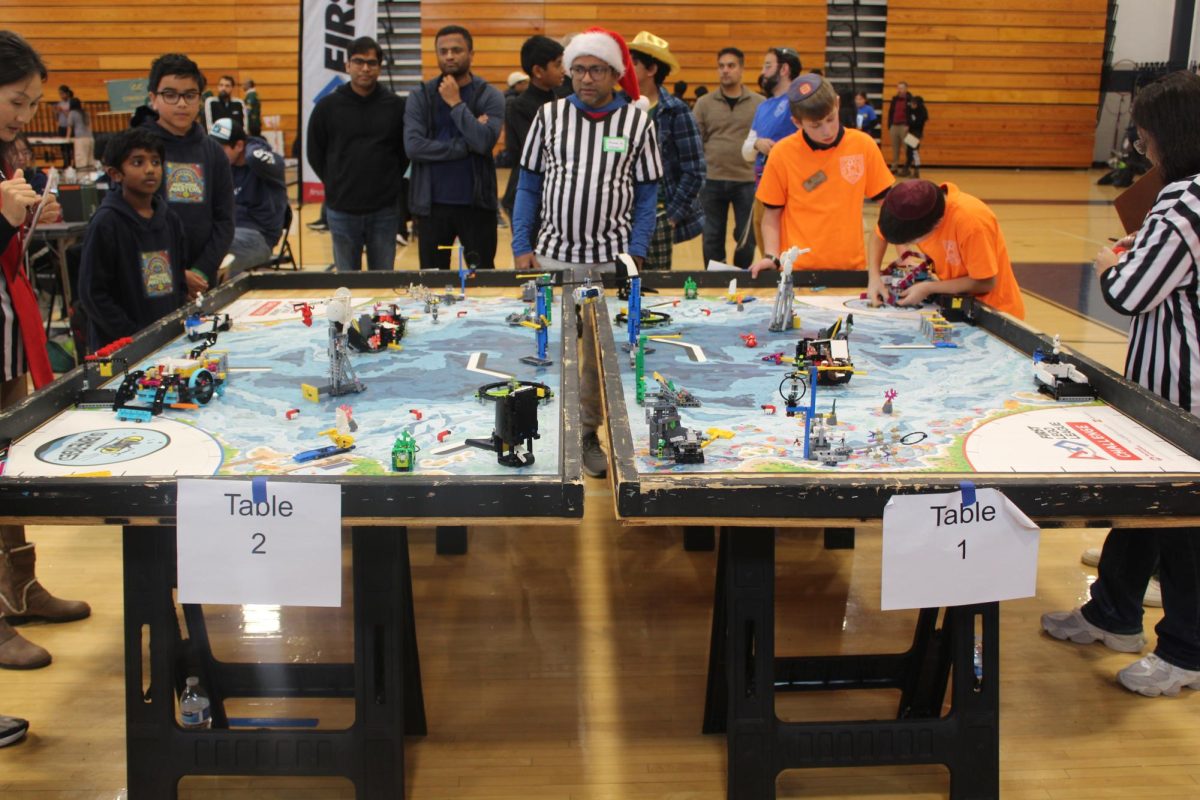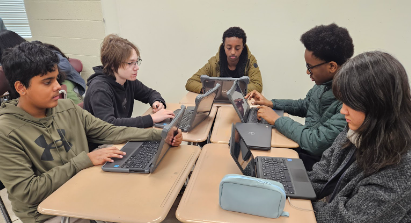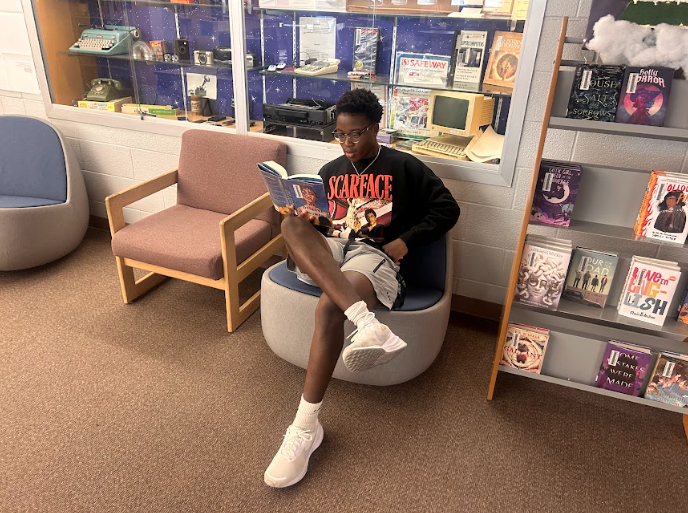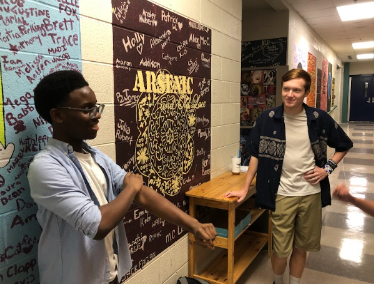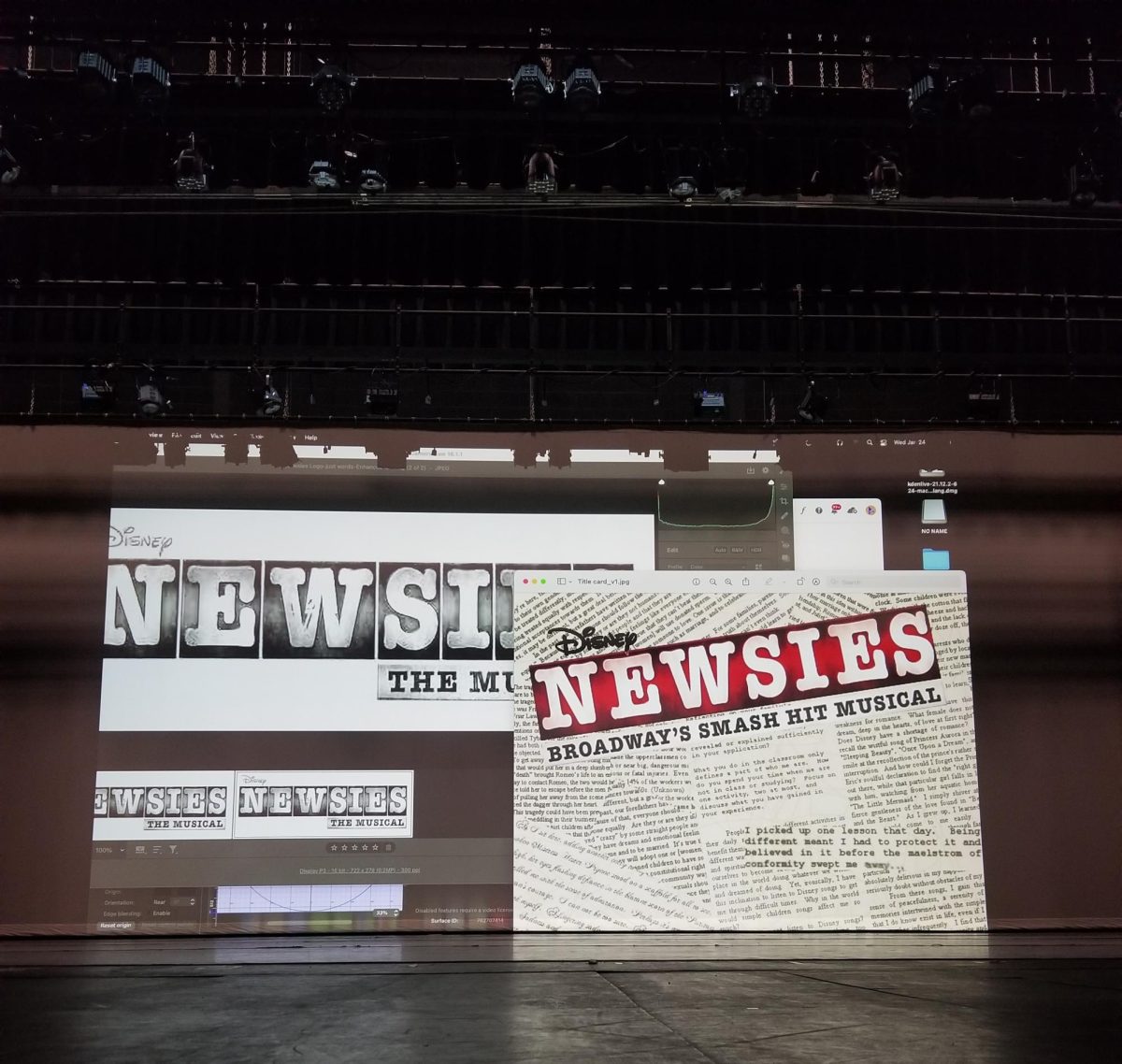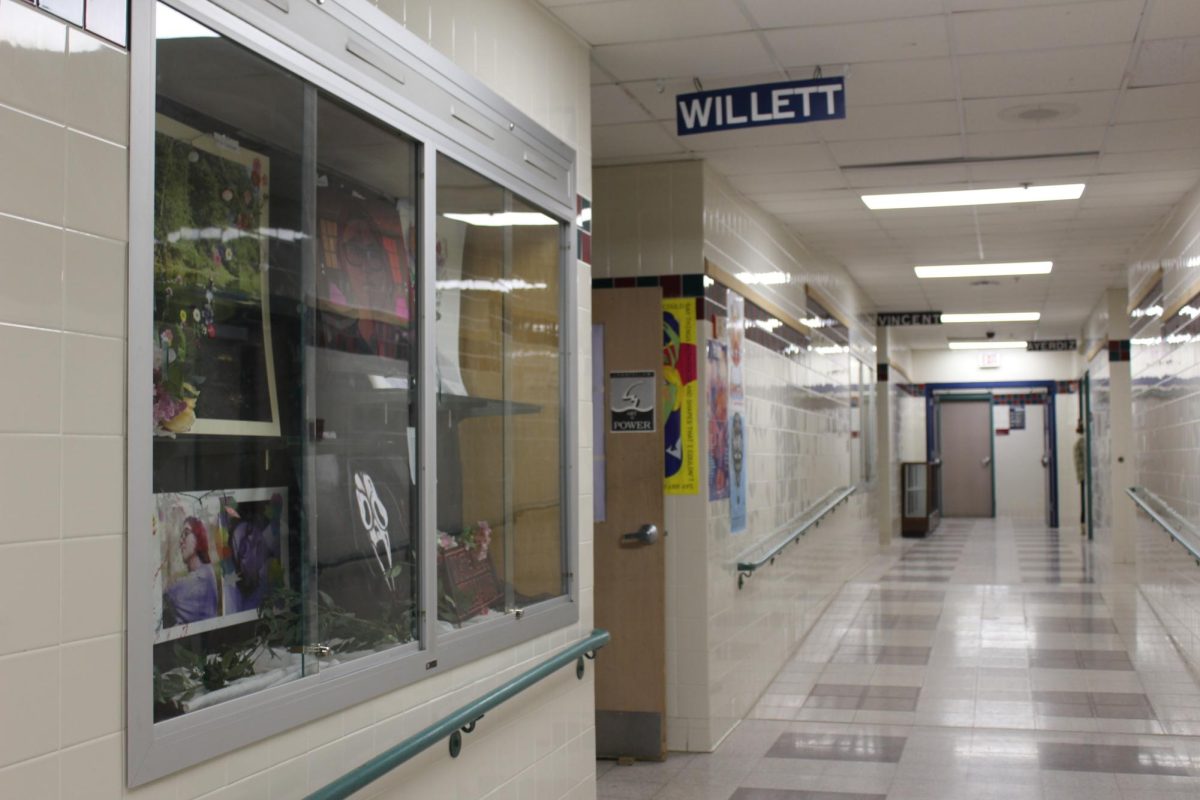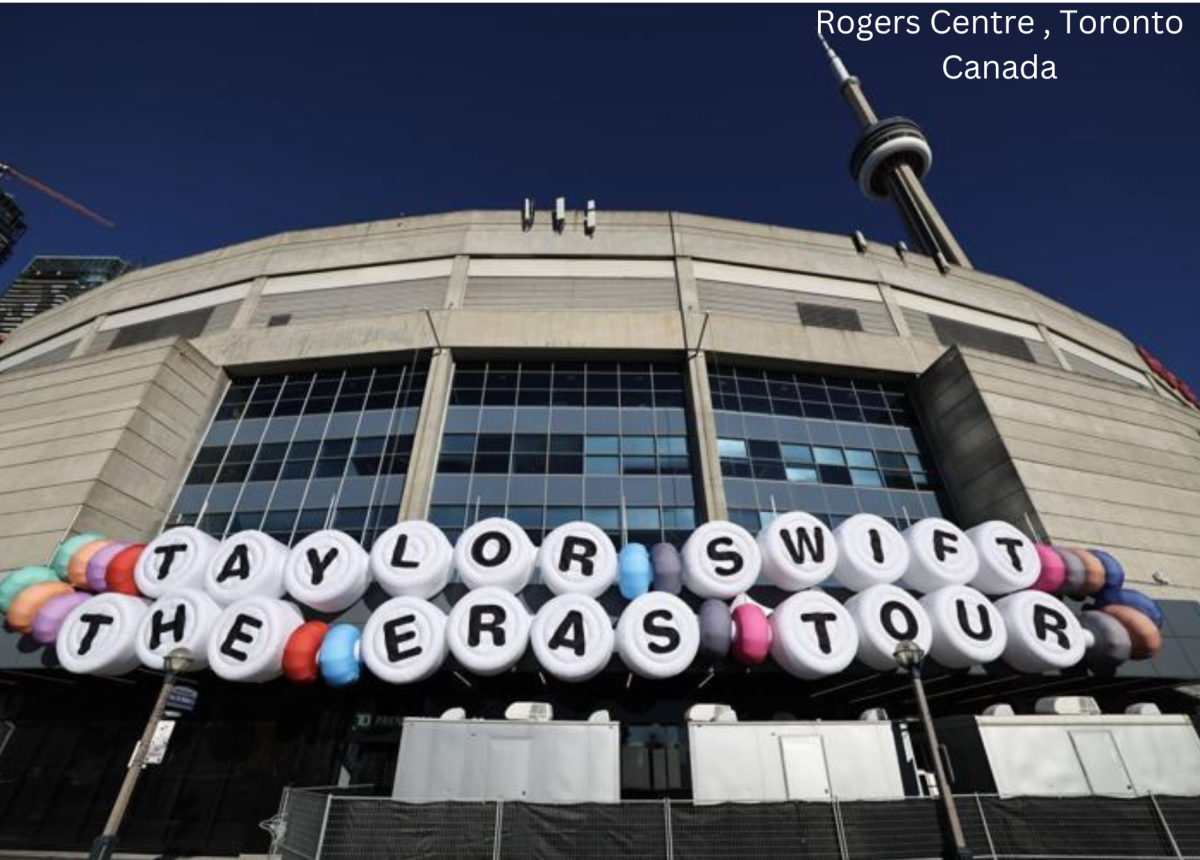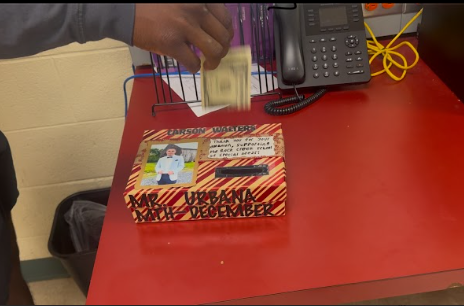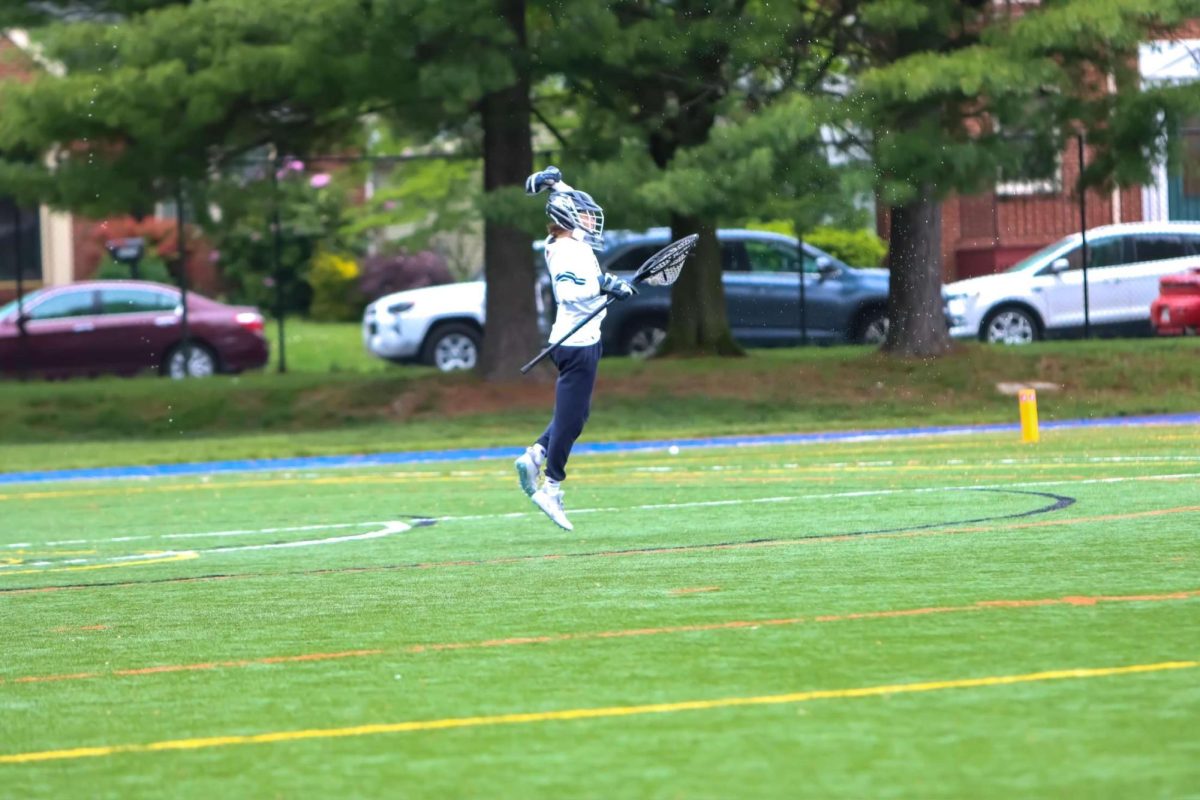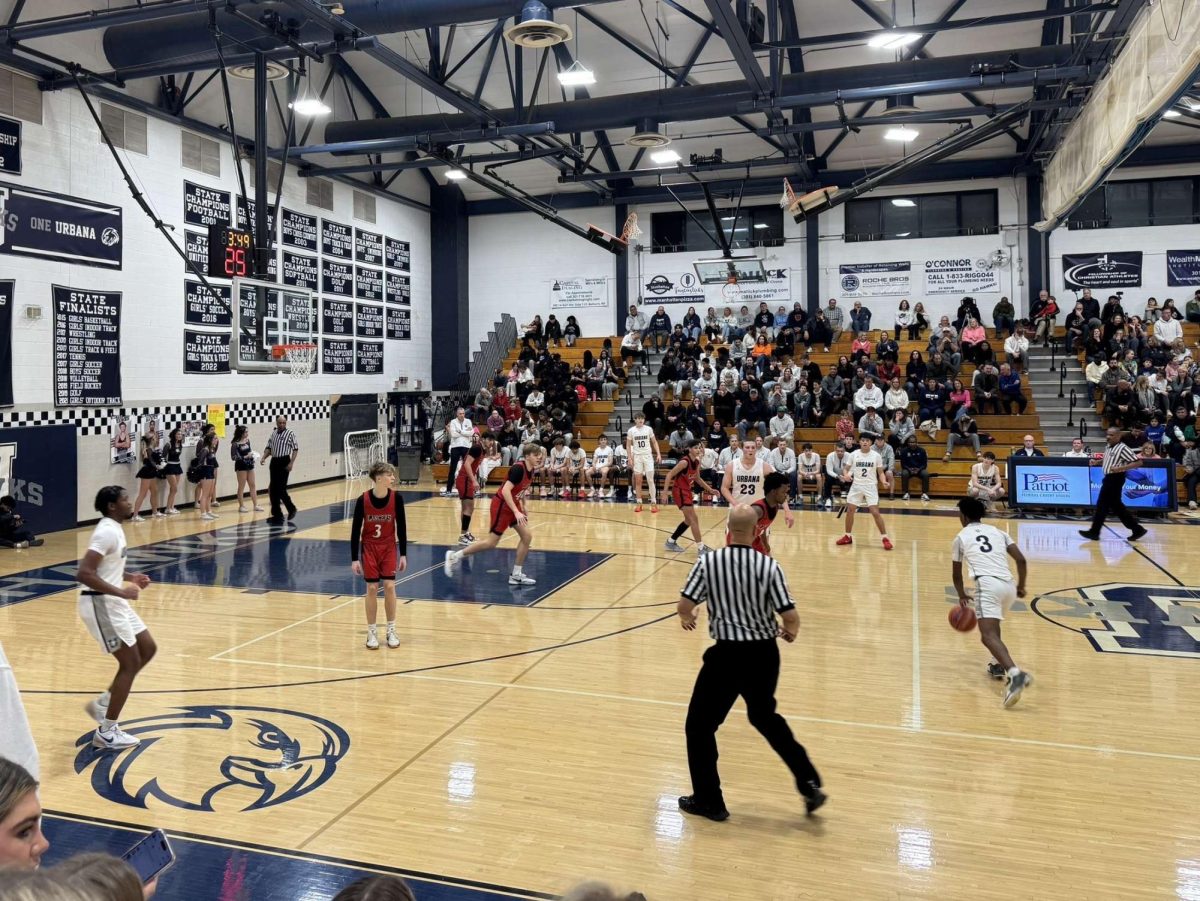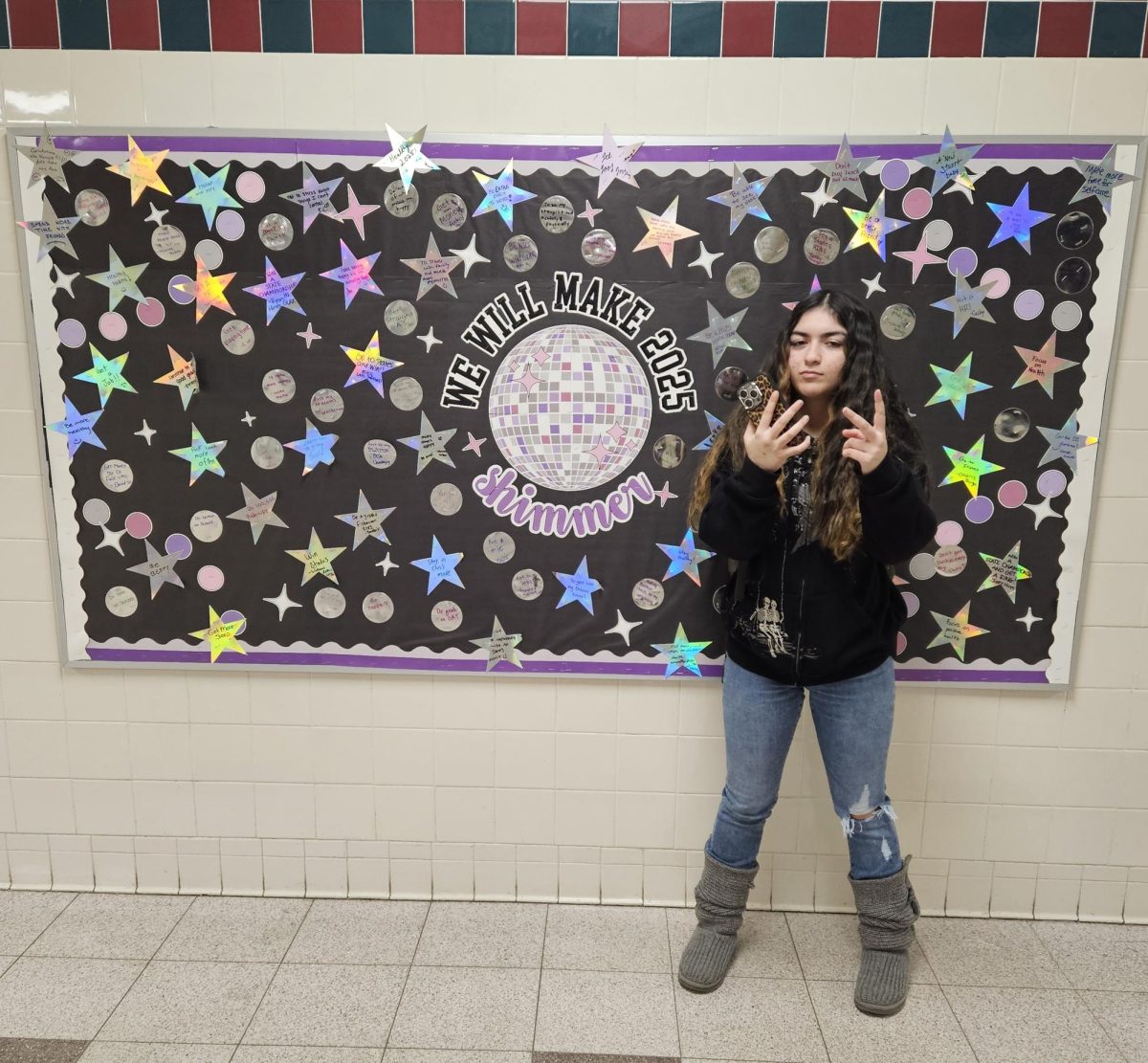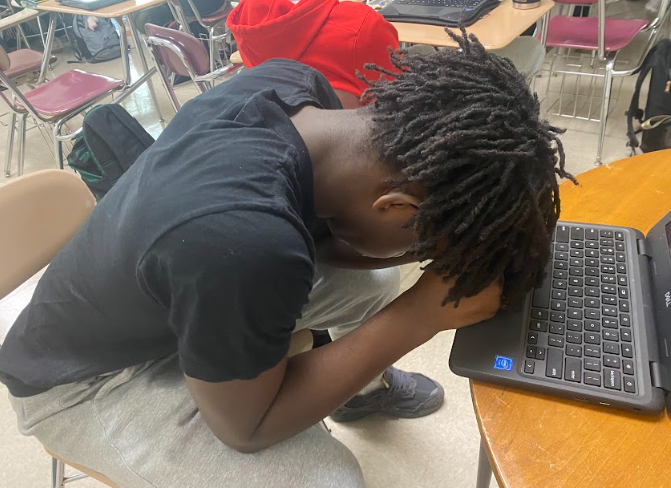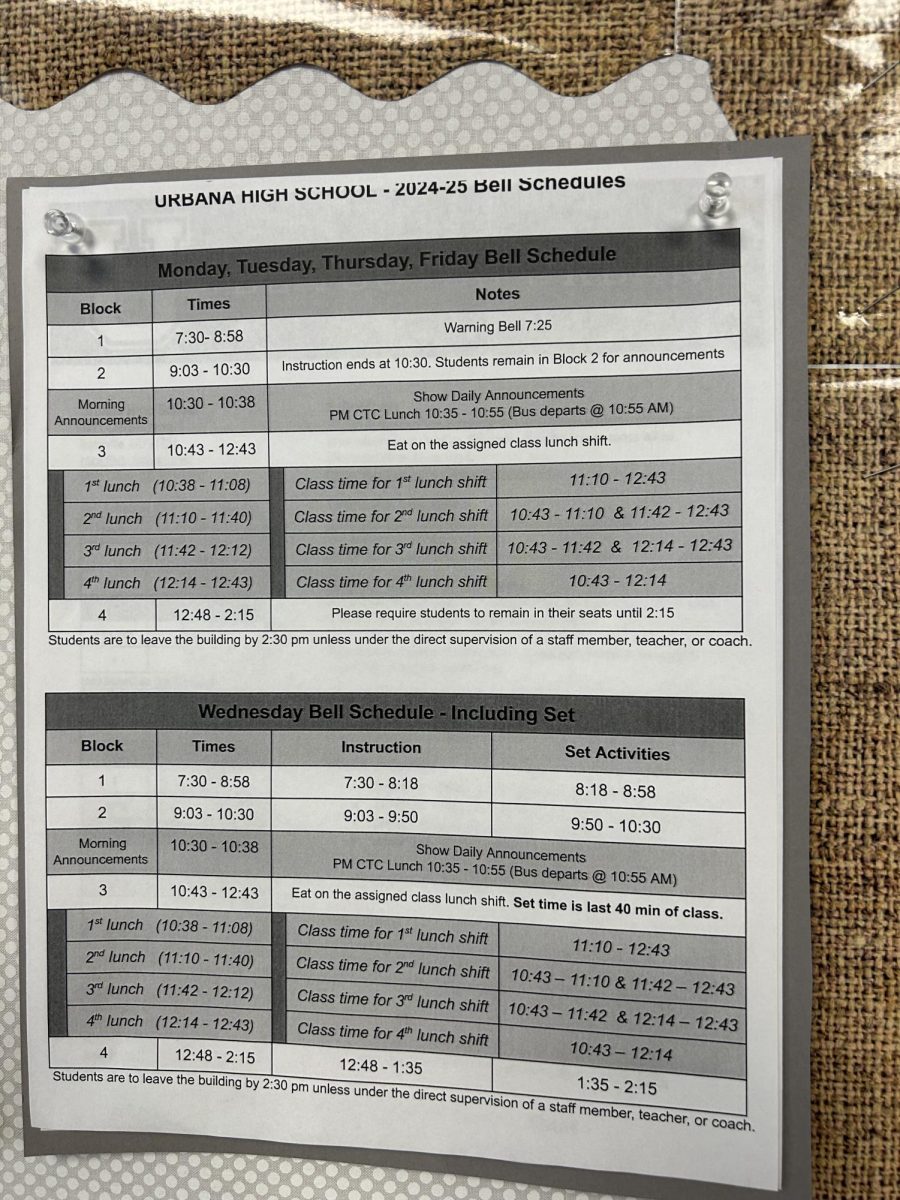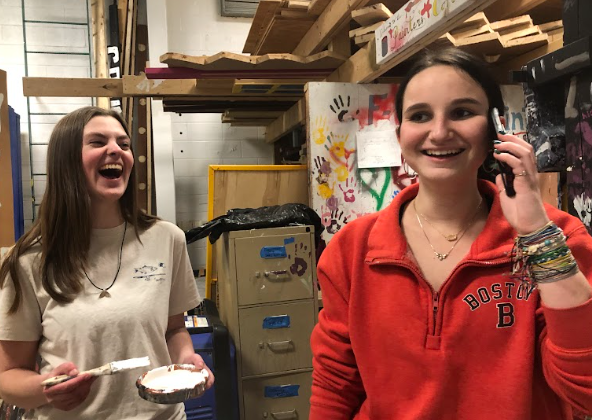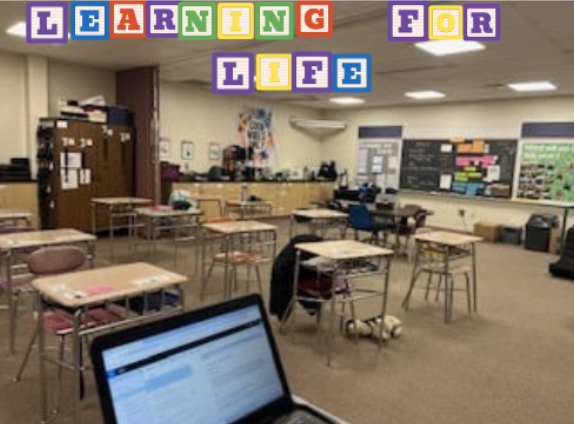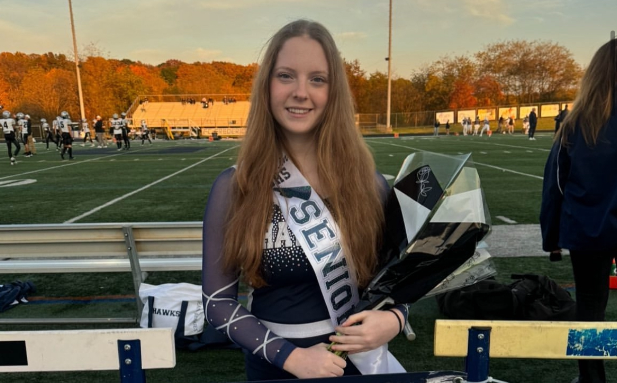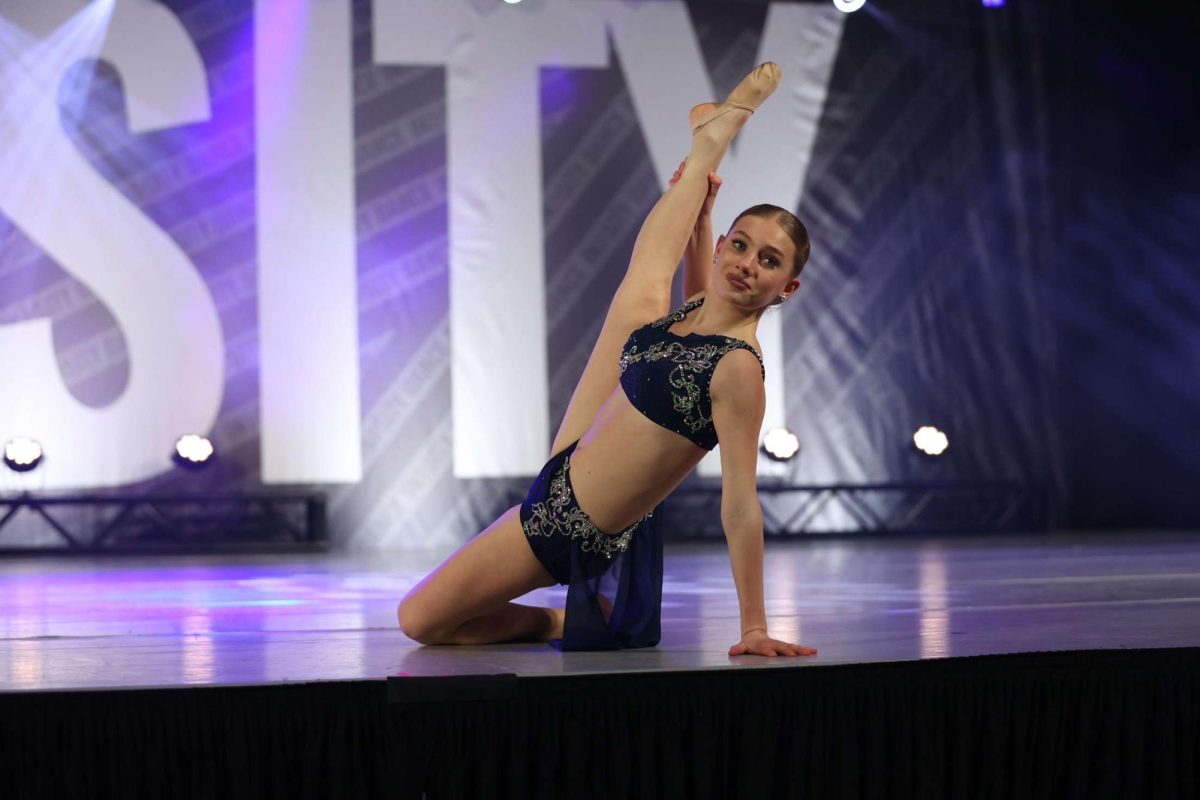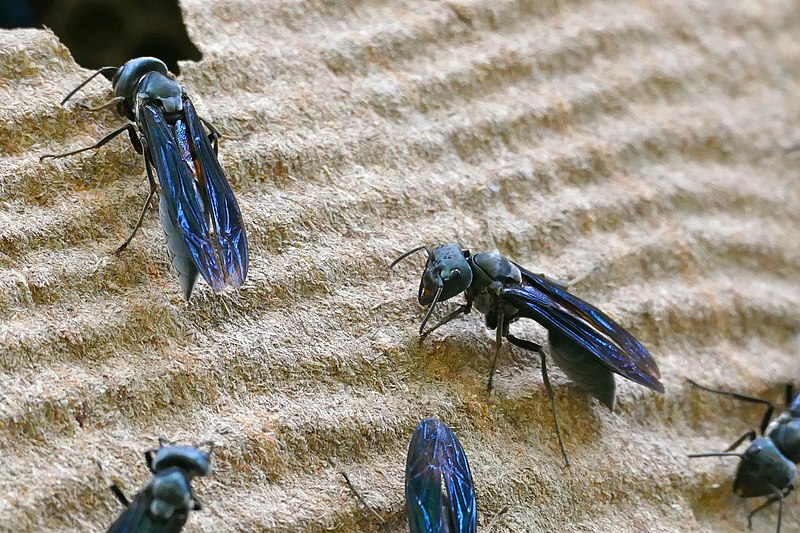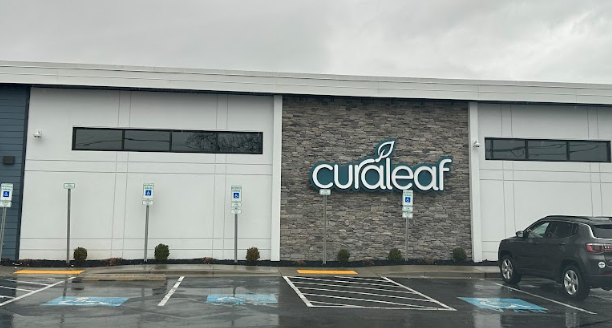Many students enjoy being outside, whether it be for sports activities, outdoor classes, or simply to enjoy their lunch. However, students now find themselves threatened by the presence of wasps. Students want to know, are these wasps harmless or harmful?
At the start of the school year, these pests have appeared all over campus grounds. Though they may not seem dangerous at first, wasp encounters can lead to painful stinging and deliver harmful effects to students with allergies.
They’re annoying, too, according to junior Carter Reel, who says that wasps are “distracting” to students and affect the learning environment in classrooms.
Several cases of wasp activity have been reported to the school administration. Action has been taken to handle this issue.
Despite current efforts, some students have expressed their discontent with how the situation has been handled. Suhaan Pastakia, former junior class president for the Class of 2025, is one of these many students. In the past, he has advocated for the removal of wasp nests from Urbana High School and now continues to show his support for this same cause.
He has stated that wasps are “a threat to student safety” referring to their tendency to sting, and that “students with allergies do not deserve to be in a school that is unfit for them”. Furthermore, Pastakia has also revealed previous locations of wasp activity in the 2023-2024 school year, including “outside seating for lunch” as well as “multiple in the school, some even in the walls.”
What have UHS staff done in response to this wasp problem? “Sadly, not enough,” says Pastakia. “We have not taken enough steps, we’ve just kinda accepted and told students to not go too close to them.”
On the other hand, Mr. Christopher Berry, the Assistant Principal in charge of building operations, has been instrumental in handling the wasp issue. During the first few days of school, he received notice regarding bees or wasps from “four to five teachers” that included reports claiming “[wasps] were in in the classrooms, as well as hearing them in the ceiling and seeing them outside the ceiling.”
Regarding what the school has done, Berry says that “Every time we’ve gotten a report, the custodians have investigated…I’ve also let the people at central office know so we can get a pest control company out here.” He says that the school’s goal is to “Get rid of any source that we can locate…we want to keep people safe. They’re an annoyance on one end of things but they’re a real health hazard for some people.”
On the topic of when the wasps will be fully gone, Berry believes they will be “when we get our first cold snap…when the weather goes down to the forties, that’s when you’ll see them disappear.”
Pastakia corroborates, saying that he saw “a gradual decrease maybe around the end of December and then coming back from winter break, I rarely saw them afterwards.”
As for what UHS should do to defend against wasps in the future, Berry says that the school will have to be “vigilant about watching them” and that they would need to “keep an eye out for them” if they were to return during the spring months.
It is likely that the wasps that can harm students are social wasps, who are territorial and often willing to sting people. Social wasps tend to build their nests in places such as hollow trees, ground holes, and school walls. Experts suggest that wasps should be removed if they prove hazardous.
Exterminators were called in on Friday, Sept. 13th, and with colder weather on the way, we hope to not have to fret about this problem for much longer.

